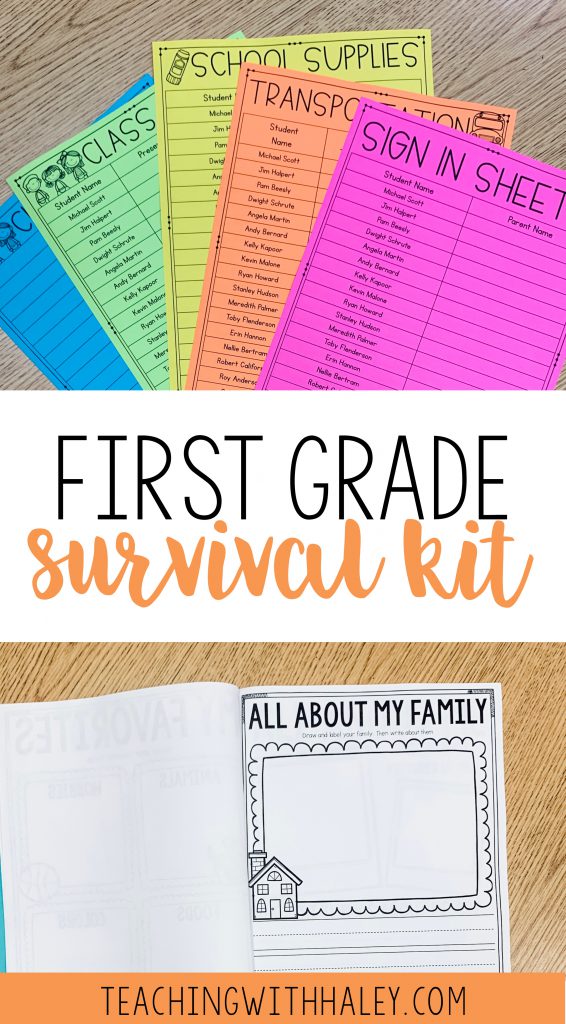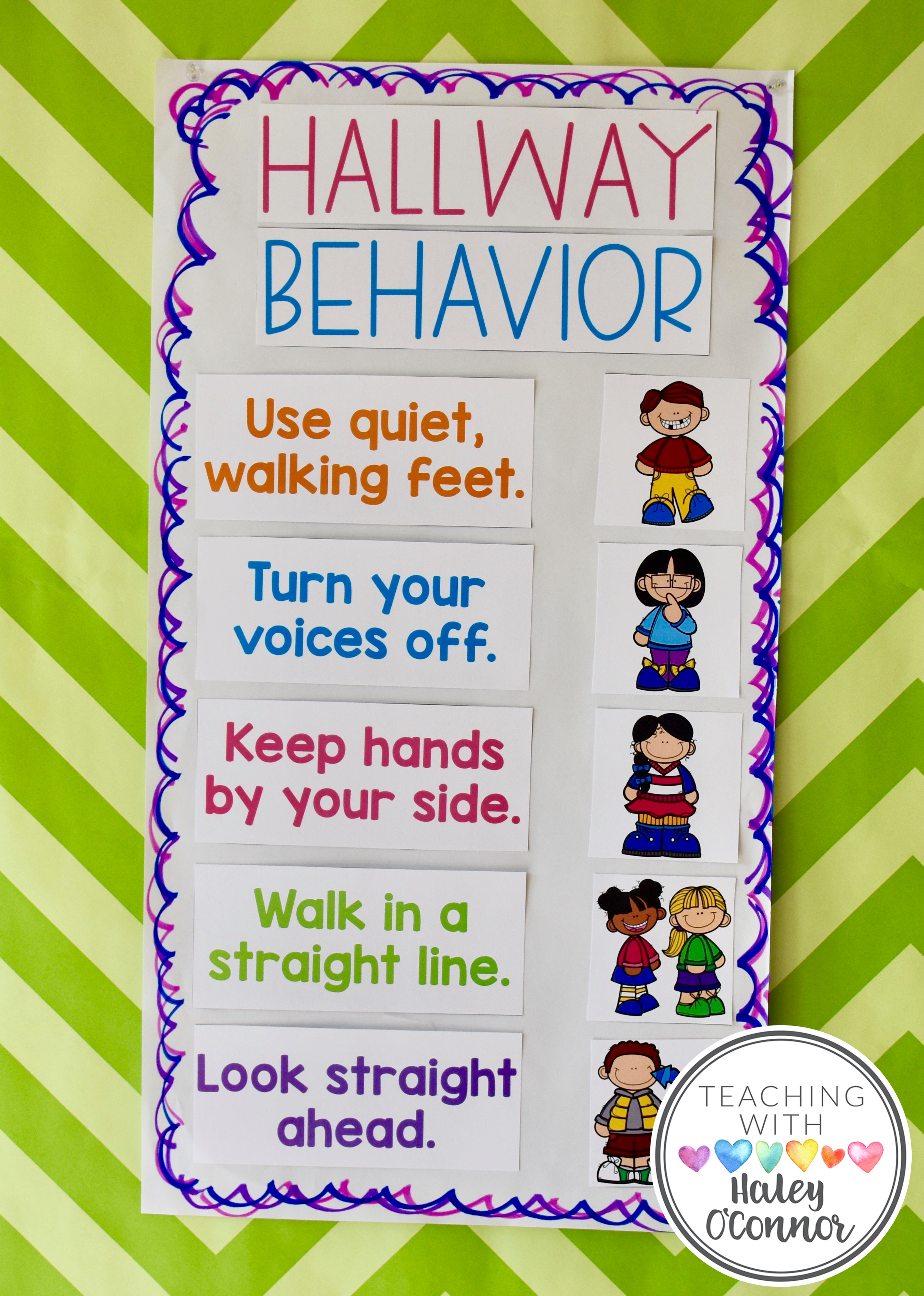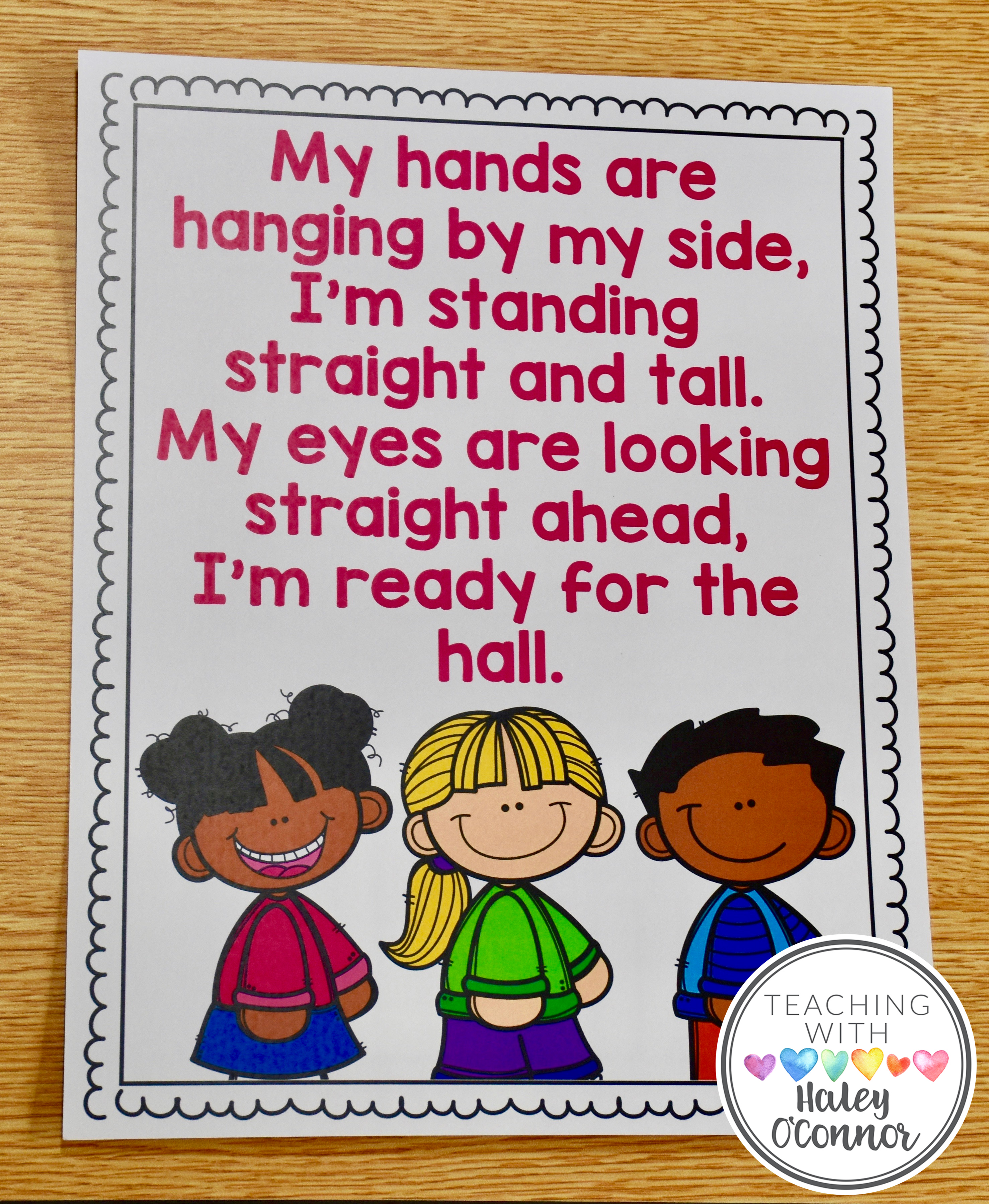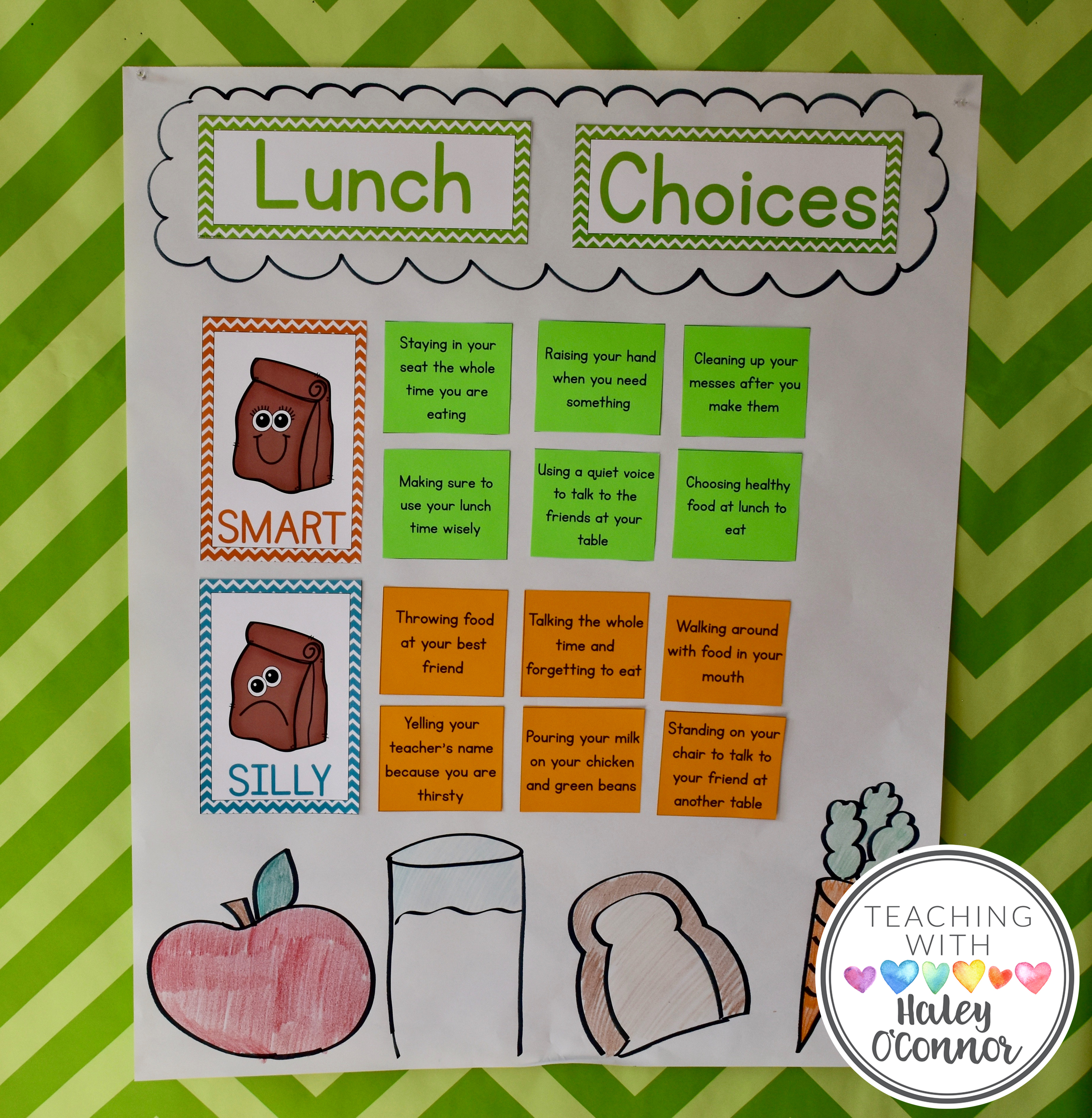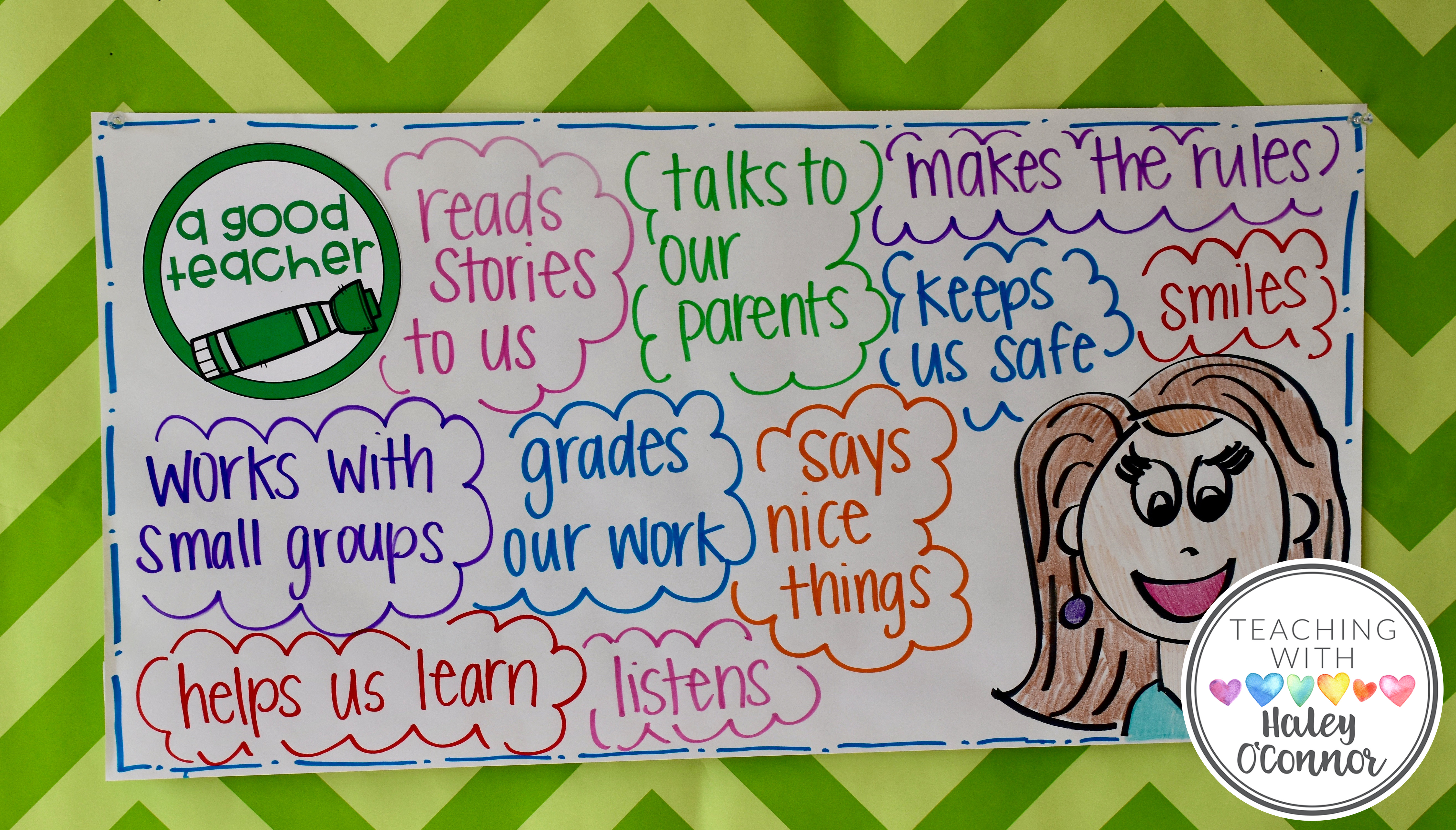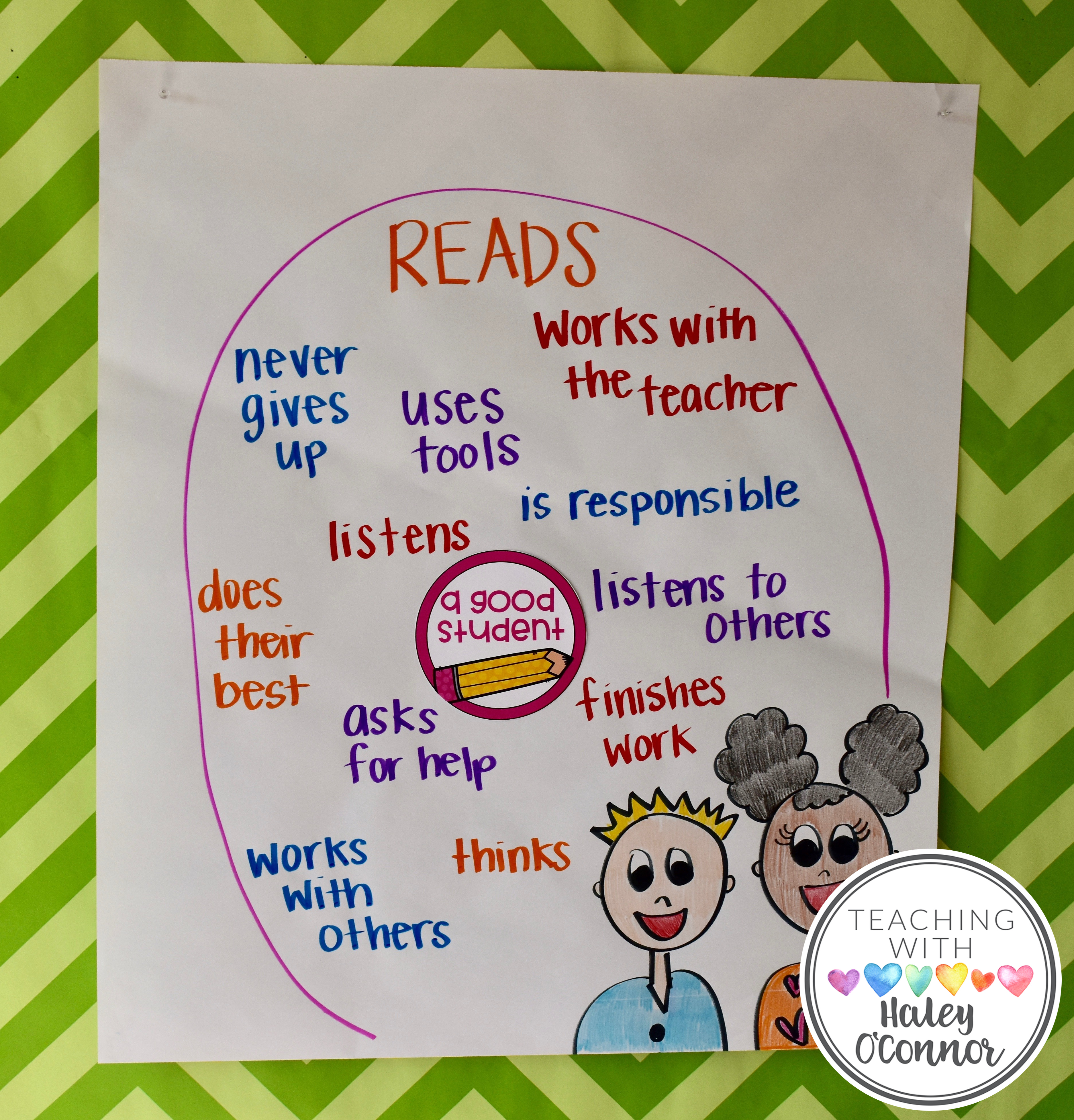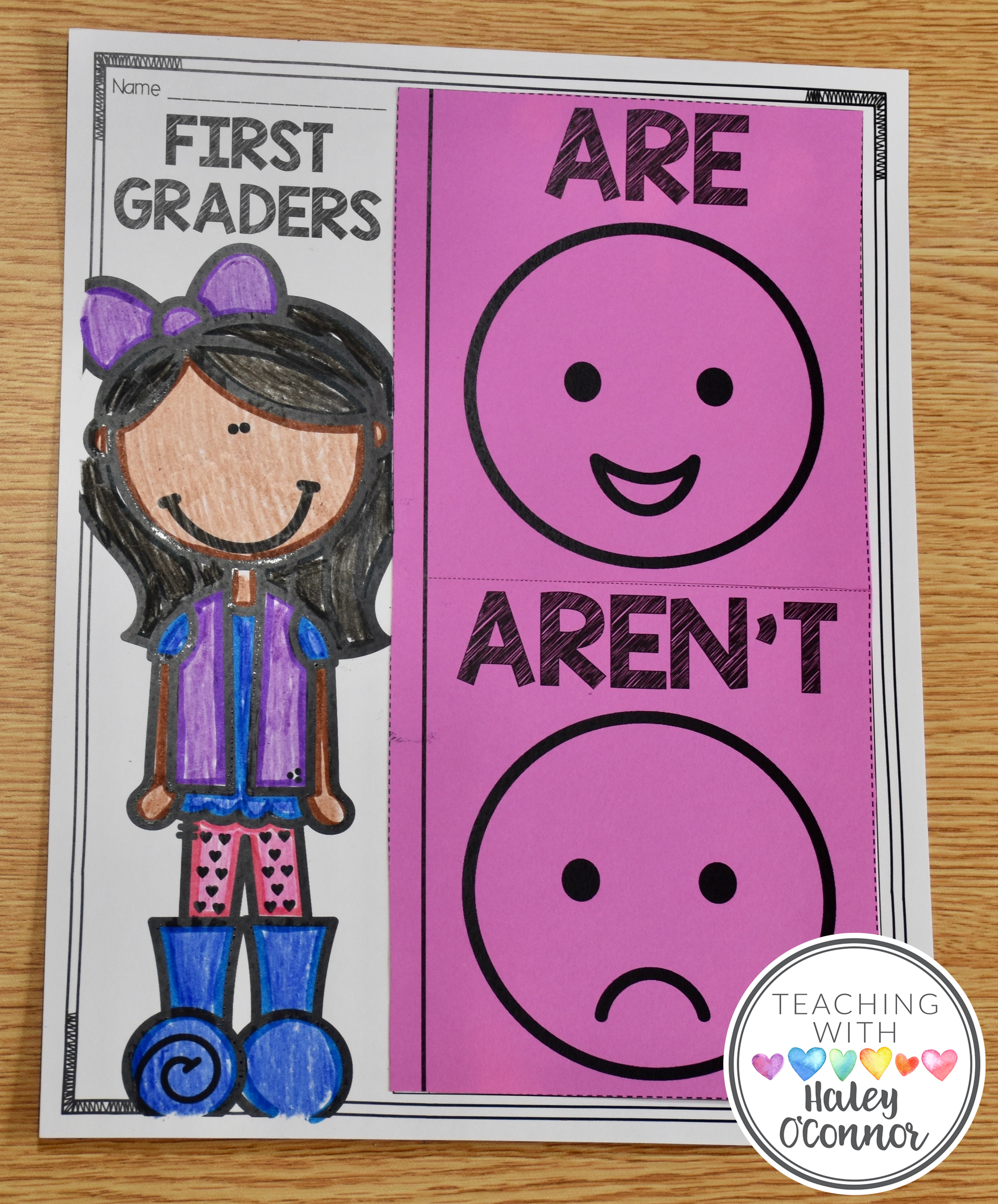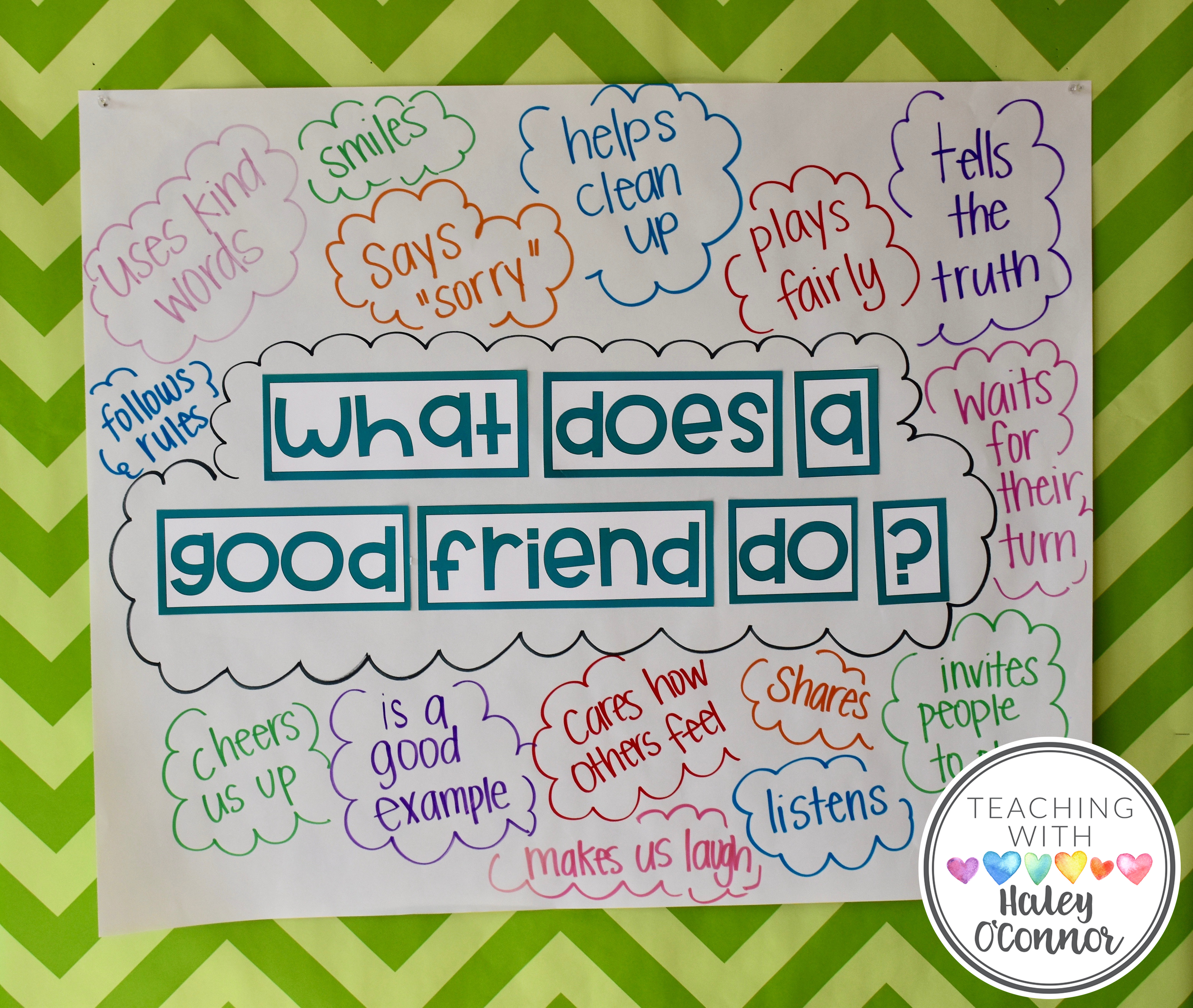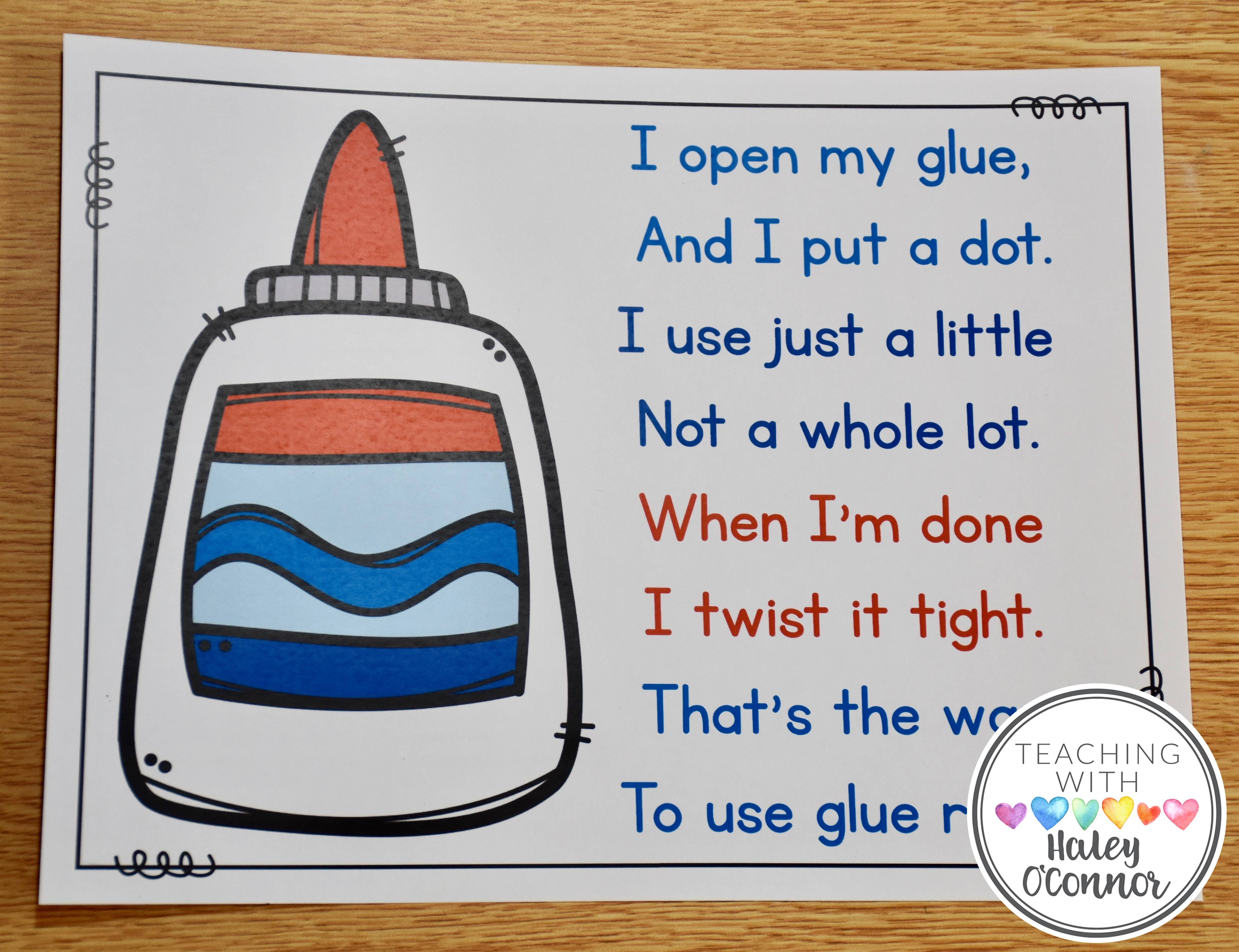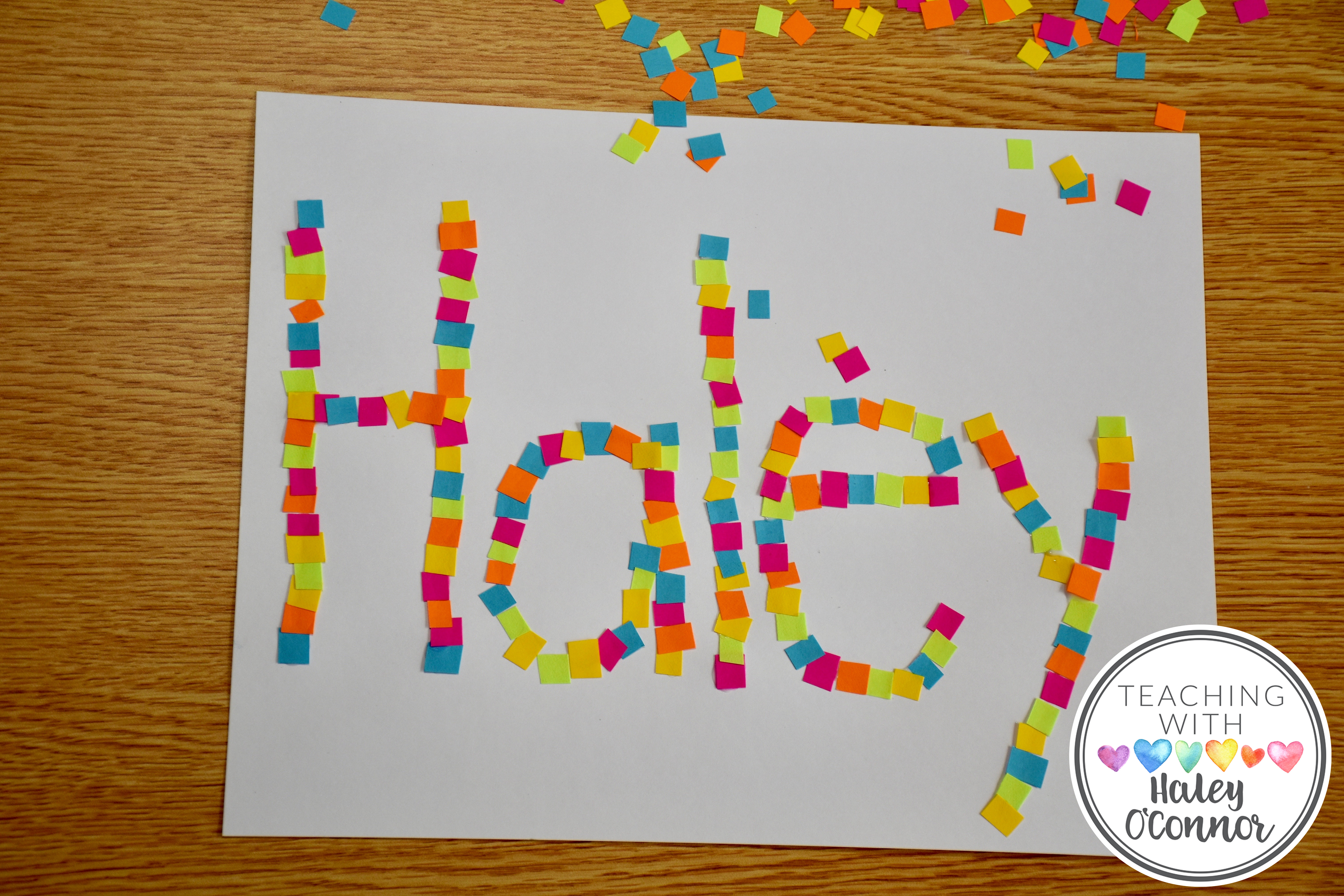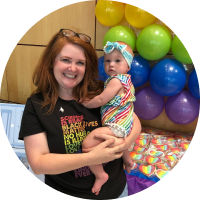The First Week in First Grade
I wanted to stop by today and share some a few of my “go-to” activities during the first week of school to build our classroom community and set expectations for the year!
During the first few days of school, we are setting the tone for the rest of the year. Our students are looking to see what kind of teacher we will be and making judgements about their school year. They’re deciding if school is a place they want to come or a place they dread. The choices we make at the beginning of the year can have a lasting impact!
As instructional demands increase each year, it’s easy to want to jump right into our curriculum as soon as possible. We think we can teach routines while we’re teaching other things, and that we can build community during our district mandated curriculum. While it is possible to review routines and procedures in the middle of instruction, our students aren’t getting the necessary TIME to practice. I believe that starting slow lets us go fast later in the year. When we make sure every student knows exactly what’s expected, and they get the time to discuss and practice, we will have less interruptions when we finally start our regular schedule and instruction.
I’m including tons of ideas in this post for you for you to add in when it makes sense! But if you’re looking for a detailed schedule of the first week in my classroom, you can download it for free by clicking the picture below!
Each day includes a daily schedule, to-do list, and activities to include! All of the activities can be found in my First Week Survival Kit.
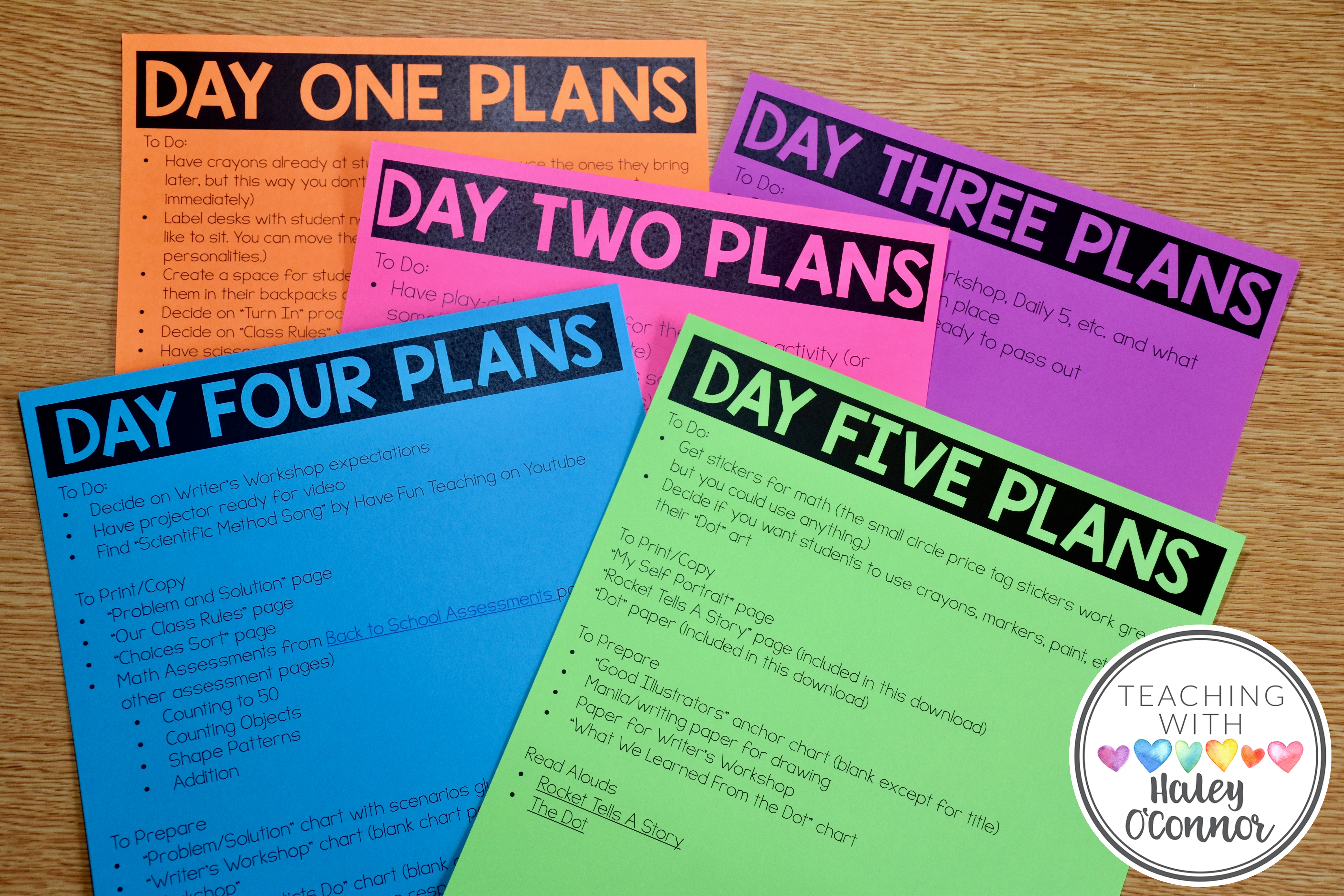
Teaching Transitions
If I was honest, I would say that a LOT of the behaviors I have to correct happen during transitions. Once my kiddos are engaged, I typically am only having to remind my most challenging students what’s expected. But transitions are less structured, and my students struggle to control their impulses. Once I realized that, I knew I needed to EXPLICITLY teach what is expected during transitions during the first few days. We can do entire lessons on transitions just like we would on a language standard.
In the hallway, for example, my students know exactly what they should do and how it should look. Before we go on our first bathroom break, we come to the carpet and talk about hallway behavior. We not only discuss how it looks, we also discuss the why. I ask how it feels when you’re concentrating hard on something, and you hear kids playing in the hallway. (It feels distracting, it makes me want to go play too, I forget what I was working on.) Even in teaching transitions, I’m helping my students be empathetic. We don’t want to be the reason another student can’t do their work. Then we’re ready to discuss the specifics about expectations. Together, we create an anchor chart. (Before the lesson, I have cut the pieces out but only the title is on the chart.) As I add things to the chart, I’m having students model inappropriate and appropriate. (I like to have my challenging students be my models…they usually love the attention, and I can remind them that they DO know how to do it.)
We practice, practice, practice and for the first several weeks (possibly months) this chart is hanging by the door for us to review before we leave. We also have this poem hanging and read it often.
Some days I might choose to reward students who are doing a great job, but I’m constantly coming back to our discussion about helping other students learn. We want THAT to be the reward and motivation. 🙂
Even though we don’t have an anchor chart for “Coming to the Carpet,” or “Lining Up” I make sure to give clear directions. I hold up my fingers for each step and it works like magic! We use this anytime we’re leaving our desk. (MOST students don’t need this. They just know not to act crazy, hahaha. But you will have some that do, and it’s best to just start off strong. This (***hopefully) keeps our energetic little buddy from jumping out of his seat and running to the line full speed.) We practice over, and over, and over…until you want to never practice it again. That’s when you know you’ve practiced it enough!! 🙂
- Stand Up
- Push My Chair In
- Walk Silently
Once we start workstations, and rotations we’ll have specifics for that as well. During the first week, we DO start Reader’s Workshop so I make sure to decide ahead of time if they should have their book box at their desk or pick it up on the way to their spot. We also practice finding a quiet reading spot a LOT. We discuss problems that might come up (what if we both want the same spot) and how to resolve them (in my classroom, we use paper-rock-scissors to resolve those types of conflicts.)
Lunch/Recess Time
Before we discuss expectations, I wanted to share my opinion about lunch and recess. I truly believe it is my students’ time, and my expectations should respect that. I don’t think it’s fair to ask students to eat silently…I would never want to eat silently. I also don’t think it’s fair to take recess time on the first day to practice expectations and safe play at recess. I think that’s additional time we find during the first few days (which is why we don’t start our curriculum.) . On the first day, our students need recess more than they need ANYTHING. They’ve gone from hours and hours of free time to a very structured setting. Most likely, the first few days won’t be full of fun science experiments and group work…they’ll be full of lots of read-alouds, discussions, and modeling. It makes it even more important that we give our students this time. BUT…it means I need to find time before lunch and recess to talk about playground safety, lunch expectations, etc. In my classroom, we go to the cafeteria in the morning and I show them where their table is, where they get lunch, etc. Then we head out to the playground and talk about how to use the equipment, and what it looks like to play safely. Before their recess time, I will remind them but that is their time to play. After that, we come back to the room for our discussion about lunch room expectations. I love using sorts for this type of discussion, because they find the “silly” choices hilarious. (Unfortunately, they will probably all happen haha!)
(I believe in using natural consequences. If a student has trouble with the expectations after several reminders, I’m not going to have them move their clip or lose a privilege. They’re just going to keep practicing until they can get it right. If they’re being unsafe at recess, I will give them a few reminders. Then we will have to use their recess time to practice appropriate behavior.)
Classroom Community
Before we start our curriculum, it’s so important that my students know our classroom is a safe place for risk-taking, and that we are all learners. I love to ask “What do you need from your teacher?” I get insight into their experience in school, and what motivates them. But it also shows them that I am learning with them, and we are all in this together.
I feel like when I let them tell me what THEY need, it’s alot easier for me to explain what I need. My FAVORITE read aloud for this is My Teacher is a Monster by Peter Brown. If you haven’t read it, please do!! The little boy thinks his teacher is a monster, but he learns she isn’t at all! After our teacher discussion, we can have a discussion about what makes a good student (doesn’t give up, tries their best, is kind.)
Because we spend about 45 minutes each week on character education, I typically just do read-alouds and discussions each day during the first week on kindness, friendship, etc.. I actually start teaching HOW to be kind and respectful the following week…during our morning meeting and character education lessons. We DO read The Recess Queen and talk about being a good friend.
Classroom Materials
During the first few days, I build in lots of time for free exploration with math tools. I think if we jump right into them as manipulatives, our little ones will be dreaming about all the cool things they could do with them. I typically do this for about 30-45 minutes, which gives me time to organize my paperwork and things.
We also talk a LOT about using supplies correctly (pushing the marker cap down until you hear the click <—-Monica Geller). During this week, it’s so important to remember that saying “put it up” isnt enough. They need to know…WHERE do I put it up? HOW do I put it up? WHO puts it up? If I don’t teach it explicitly, I can assume it’s be a time sucker for the rest of the year. I try to find opportunities to use lots of different supplies during the first week so we can talk about how to use them!
After reading Chyrsanthemum, I love to do a directed drawing and them let them paint their work. It gives me the opportunity to really talk about how to use the paint, how to clean up, etc. When we use it later in the year, I don’t have to waste time on the procedures and we can jump right in! (I love to let my kiddos paint…I try to do it at least once a month. It truly doesn’t take that much longer than coloring, and they take SO much more pride in their work.)
We also talk a LOT about using glue. I go over this poem with them and then we practice a LOT on this little craft. I pre-cut squares and they make their name with the squares. It gives them the opportunity to practice using one drop of glue…if they don’t, their paper is super messy and it’s a good natural consequence. It’s also a great fine-motor assessment! You could also cut out bigger squares and let them make the first letter in their name if that works better for your kiddos! 🙂
To make sure I cover everything I need to, I make sure to check them off my routines checklist. I love having this sheet to make sure I hit everything!
All of the photos in this post are linked to my First Week Survival Kit, with the exception of a few other ones. 🙂 Thank you SO much for reading! I hope it was helpful in planning your first week of school! Don’t forget to grab your FREE lesson plans at the top of this post!

